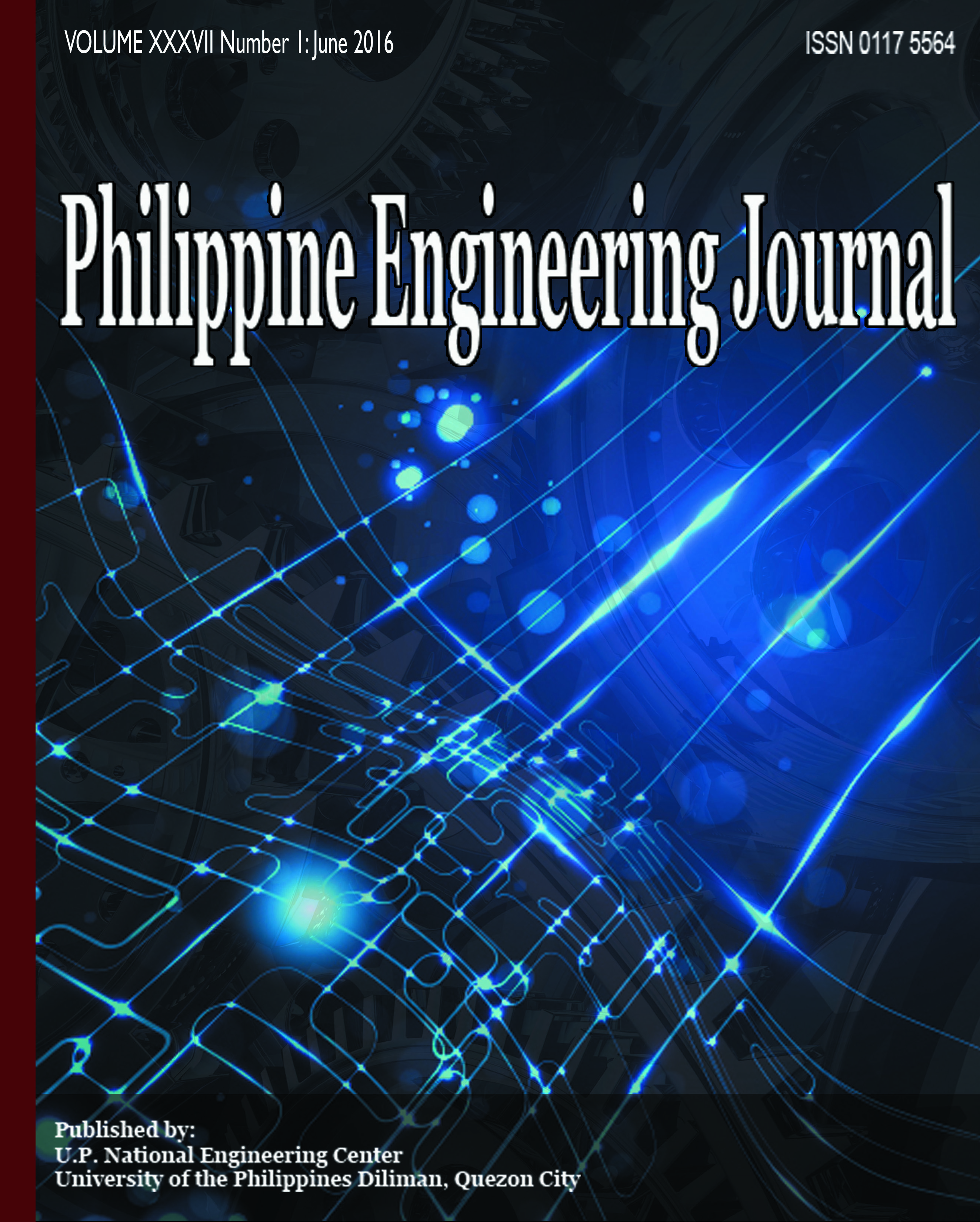Transport of Methylene Blue Through An Organic Porous Coco Peat Medium Column
Abstract
Abstract—Industries such as textile and paper that use dyes to color their final product discharge substantial volumes of highly colored water into natural water bodies. Understanding the mechanisms of dye removal from wastewater before discharge to surface waters is important since dyes may disrupt biological processes in the water environment. In this study, the feasibility of using coco peat in removal of methylene blue is demonstrated. A mathematical model describing the chemical transport and removal of Methylene Blue (MB) onto a highly organic biosorbent coco peat was solved in MATLAB using a semi-discrete finite difference with fourth order upwind differentiation. The needed parameters on adsorption of MB onto a biosorbent coco peat were obtained using batch experiment. The batch experiment indicated coco peat is a very good adsorbent of MB with a removal efficiency of 99.61%. It was also shown that the adsorption at equilibrium obeys the Langmuir isotherm with parameters such as maximum adsorption capacity, qm, and the Langmuir coefficient, KL determined for all the temperatures investigated. A column experiment was carried out to obtain effluent breakthrough curves used for calibrating the mathematical model. A linear driving force coupled with solid diffusion model was applied successfully to the experimental data to determine the three major transport parameters, axial dispersion coefficient, DL, external mass transfer coefficient, kf , and solid diffusivity, Ds . The model was tested and fitted well on one experimental case with DL = 1.1304E-05 m2 s-1, kf = 3.6399E-04 m s-1, Ds = 3.34871E-08 m2 s-1 (RMSE = 0.0009). The results also show that the breakthrough curves are dependent on DL and external kf , but not on Ds.
Keywords—Methylene Blue removal, Coco Peat absorbent, Modeling Break-through curves


